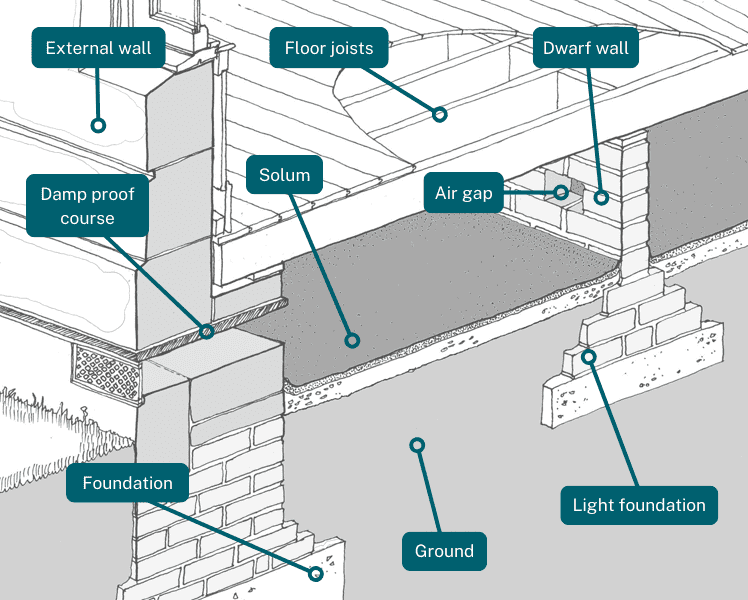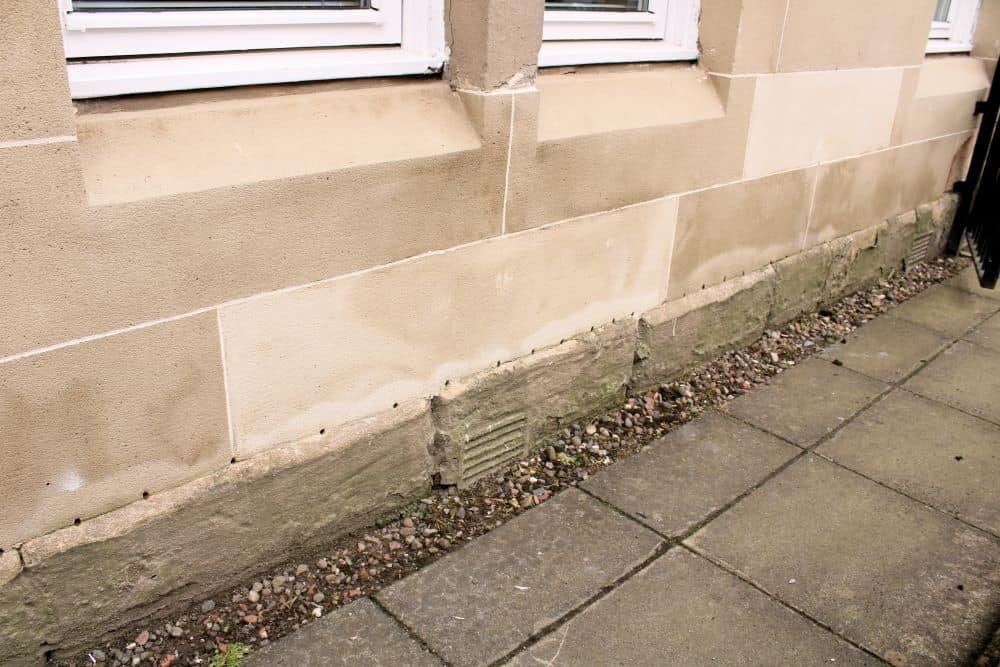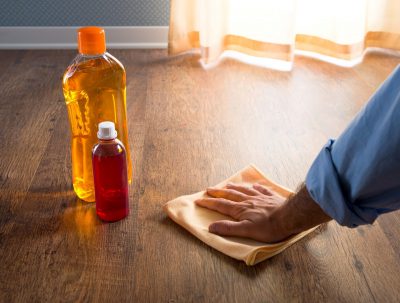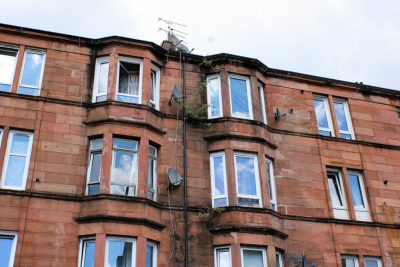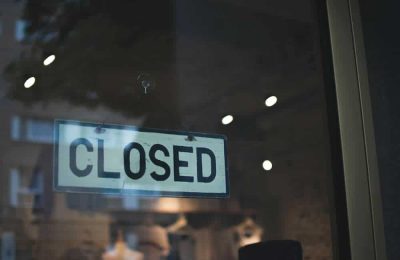Properly maintaining the area below ground level is crucial for preserving the structural integrity of tenement buildings. This includes ensuring adequate ventilation, preventing moisture build-up, and addressing any issues with dampness or rot. Whether the building has a basement or just a solum (the space beneath the ground floor), taking care of this area is usually a shared responsibility among all owners.
Ground-floor construction
In tenement buildings without a basement, the construction of the ground floor often comprises timber joists set on low walls, known as dwarf walls. These dwarf walls may be built with air gaps to allow air to circulate and prevent moisture build-up. There are usually vents in the outside walls to allow airflow into the solum, again to prevent moisture build-up and dampness that could lead to rot.
What is a damp-proof course?
A damp-proof course is another measure used in construction to prevent moisture build-up. It acts as a protective barrier to stop moisture from the ground rising up the walls, decaying timber joists, and staining internal plaster.
For example, the outer walls of a tenement building may have a thin layer of slate acting as a damp-proof course, sitting just below the lowest part of the wall that is visible above the ground. See the diagram below for details.
On some buildings, a chemical damp-proof course might have been added, visible by small holes in the outer walls (see the image below). This involves injecting a chemical formula into a series of holes along the base of a wall to prevent rising damp.
Common problems below ground level
Although ground-floor construction is designed to prevent dampness, it’s necessary to look out for signs of common problems and keep the area below ground level well-maintained. For example, vents in the outside walls may rust or become broken, which can lead to vermin in the solum. It’s essential to replace broken vents as soon as possible to avoid further issues.
Additionally, vents can become blocked by raised paving, built-up ground levels, or plant growth. This can lead to bridging of the damp-proof course, meaning that the level of the ground surrounding the building is higher than it should be.
If the ground level surpasses the damp-proof course, this can allow surface water and rainwater to penetrate the walls, leading to dampness. Left untreated, damp may lead to rot in the timber joists and could damage the structural strength of the building.
Dampness and rot
Rot is a fungus that grows and spreads in damp timber and continues to do so as long as the atmosphere around the timber stays moist. This is why it is vital that the area below ground level stays ventilated to prevent dampness and stop any rot caused by damp from spreading.
The two most common kinds of rot are dry and wet (cellar) rot. Signs of dry rot can include soft wood, shrinkage of the timber, a mushroom-like smell, or fine, red dust on the surface of the timber. Signs of wet rot can include spongy-feeling wood, discoloured wood, warping of the timber, or paint lifting off the rotted timber.
If there has been prolonged damp below ground level that has led to rot in the joists, the affected joist-ends will need to be replaced. Rot must also be treated by removing the conditions it needs to grow. When it comes to below ground level, this means ensuring the area has sufficient ventilation, such as using vents or suitable air gaps in dwarf walls.
Get professional help
It’s advisable to seek professional help when dealing with issues below ground level. If you notice that a vent in the outer wall is blocked, can see damp in the lower levels of the outer walls, or notice staining at the bottom of internal walls of the ground floor flat, it is worth getting an architect or surveyor to assess whether there is a problem and suggest potential solutions. It may be simply that a vent needs unblocking.
However, it is also essential that the cause of damp is treated. A professional should be able to suggest how to treat the damp effectively to prevent rot and ensure the tenement’s structure remains intact.
It’s recommended that owners carry out a professional building survey every five years. This will ensure that significant repair and common maintenance issues in your building are not only identified but prioritised correctly, so the most urgent issues are addressed first.
Who pays?
All owners of flats in a tenement building are responsible for repairs and maintenance to the parts of the building that provide support and shelter. Almost every part of the tenement’s foundation, extending to the basement floor or ground floor level, serves a structural purpose by bearing the weight of the building above. This means that the cost of repairs and maintenance to parts of the building below ground level are usually shared amongst all owners, unless the property titles state otherwise.
To learn more about maintaining the foundations of a tenement building, or issues related to buildings with basements, check out this article.
